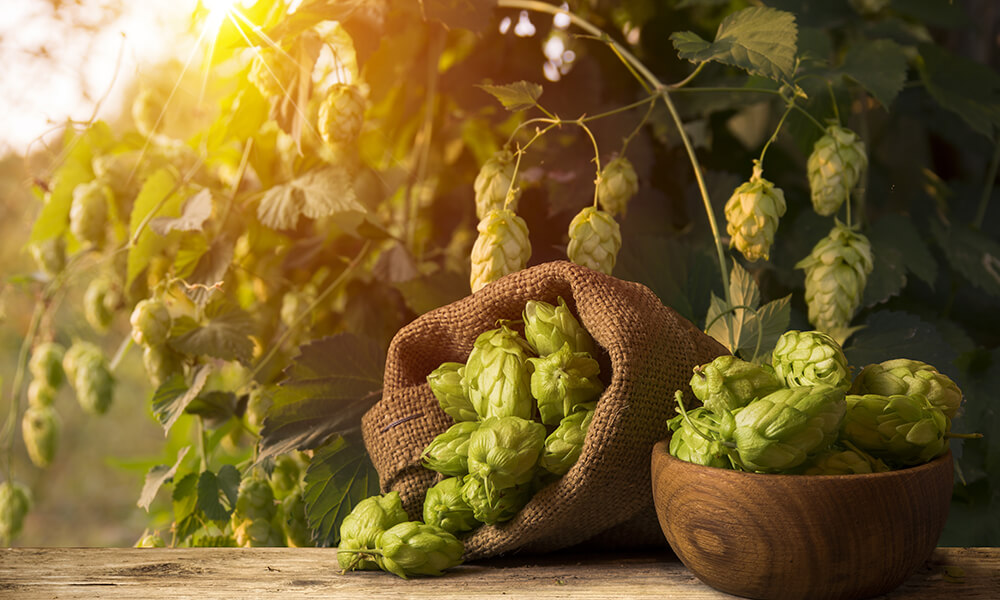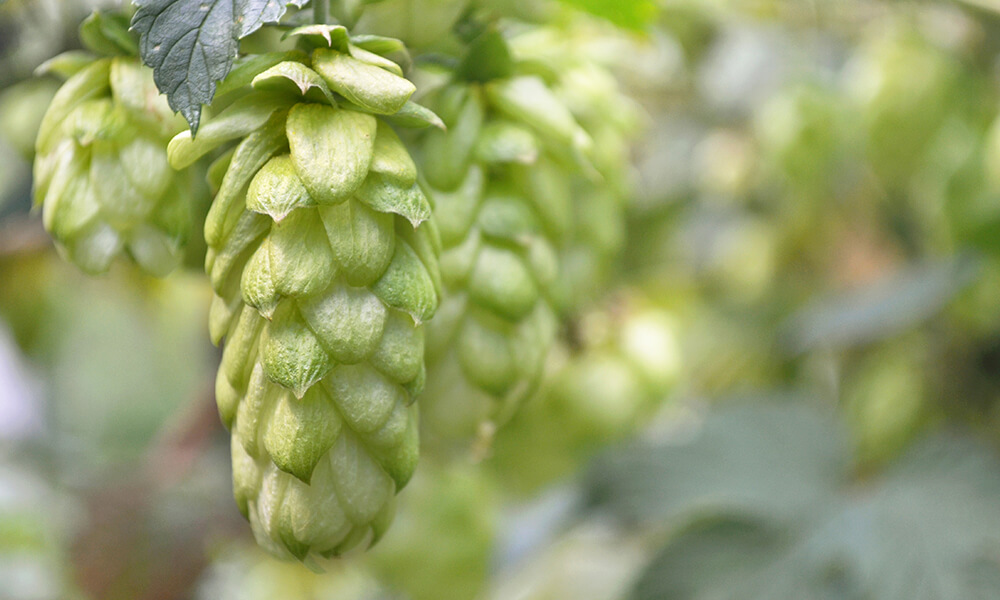Don’t Let Your Hop Crop Flop!
When Midwesterners think about crops we usually think of two traditional staples: corn and soybeans. However, there are plenty of crops we encounter daily in one form or another that barely cross our minds. From the lavender used in hand lotions to the canola used in cooking oils, we come across uncommon crops regularly. This week, we’re going to discuss hops: a crop used most often in beer production, but about which the average American knows very little. Hops, or Humulus lupulus, is most commonly used in beer production and there are dozens of different strains which make for different flavor pallets. We’ll look at where they came from, their common uses, and how to grow the best hop crop on the market!

History of the Hop
According to Down Beer Street: History in a Pint Glass, hops have been an important part of local commerce in the history of many communities. The piece was written by Mika Rissanen and Juha Tahvanaien and translated by Ruth Urbom. Specifically, they mention the town of Eisleben, Germany; its claim to fame is that it is the birthplace of Martin Luther. Eisleben is also home to many hop plantations because, as is the case in most societies, early populations relied on beer as the most common drink with meals. This is because water purification systems were not in place as they are now, so beer was the more sterile option for drinking. The cultivation of American hops began with farmers who came to the New World from the Netherlands and England in the 1600s. The United States is now second only to Germany in hop production.
How are Hops Used?
Since the 12th century scholar Hildegard von Bingen noticed the stabilizing agent of the hop, they have been a common ingredient in brewing. The “hop” itself is actually the flowering cone of the Humulus lupulus plant. Hops are typically used to keep beer for longer periods of time without it spoiling. The origin of the “IPA” or “India Pale Ale,” a common type of craft beer brewed in the United States, actually comes from using extra hops in beer to make it last the long trip from England to India without becoming contaminated. Different hops are used to create different flavors in beer as well. One of the most common types, “cascade hops” is a strain meant to give certain beers a more punchy, bitter flavor, while other types are used to downplay a beer’s bitterness and give way to a maltier flavor.

Farmers need Drought Insurance for Hops
Growing hops is actually much easier on a small scale than most people realize. These vines need plenty of sun and will do well growing on fences for those who keep them for home brewing use. For commercial use, you’ll want to move all the equipment your hops will grow on so that they face South. You’ll also want to pull any of the five-petaled flowers which sprout as these are male and will not produce the cones used in beer production. Hops require plenty of water, so having a great irrigation system is important. It’s also important to keep your crop protected with drought insurance since these plants are susceptible to problems during dry years. Plants can reach up to 20 ft in height, so make sure your hop crop gets good soil, plenty of sun and water, and lots of space to grow.
Questions about hop insurance? Call Crop Insurance Solutions today to talk about a policy for your farm!
